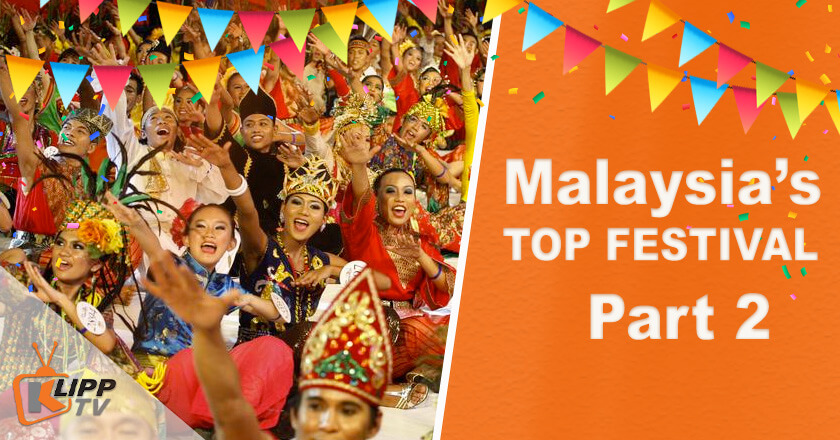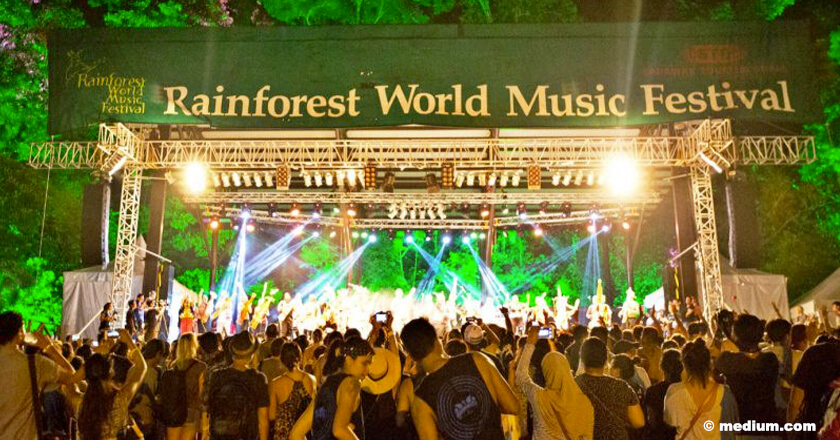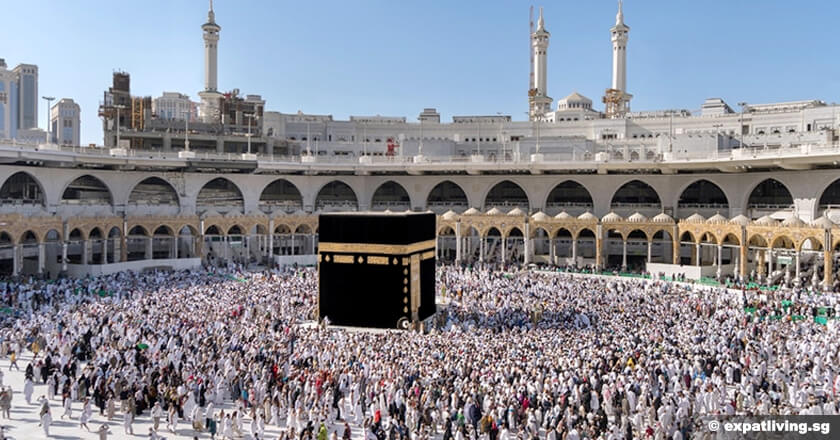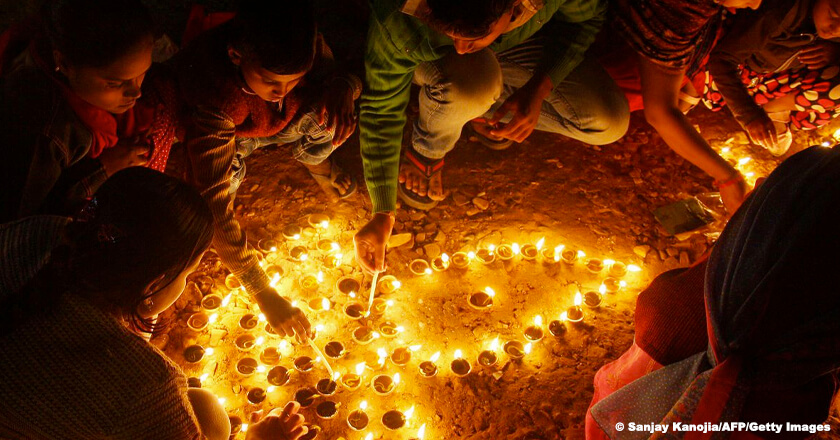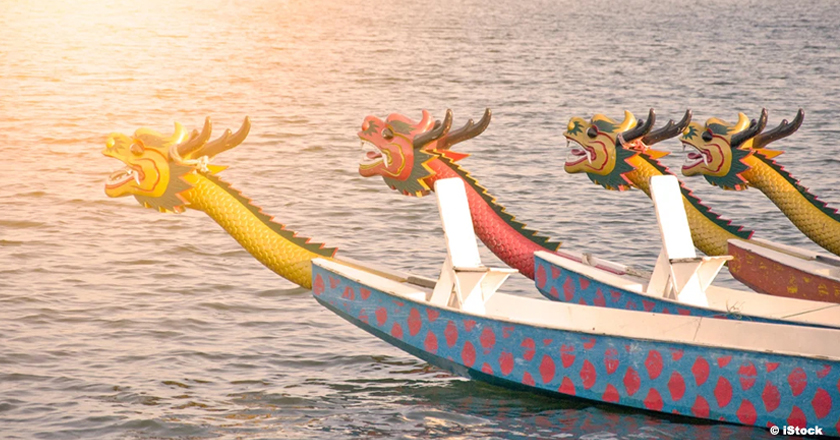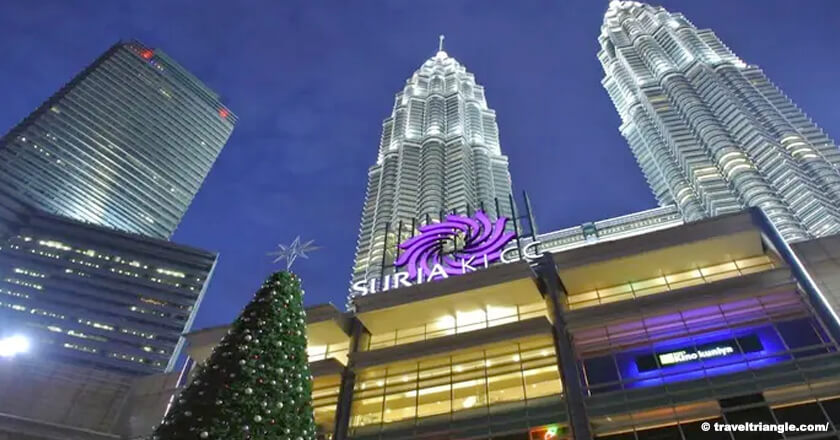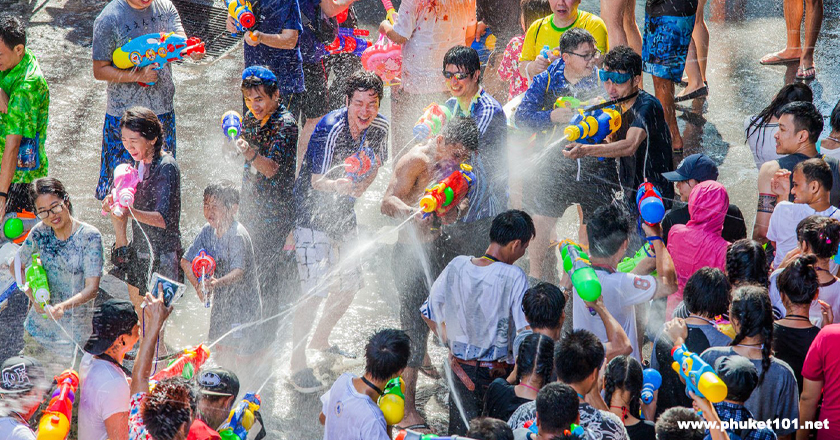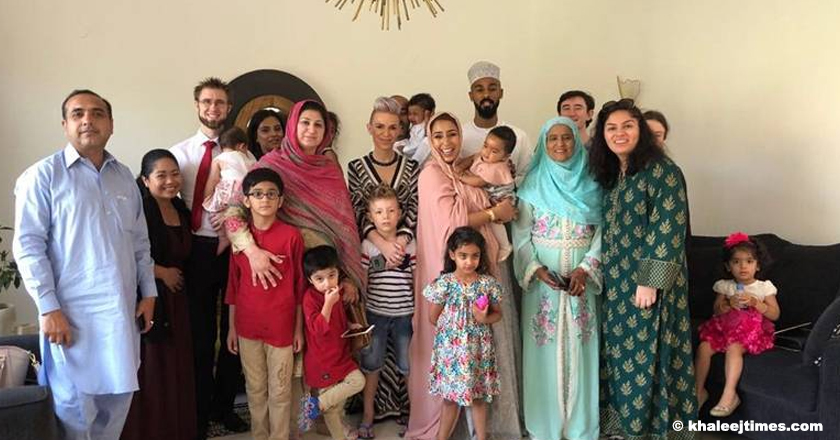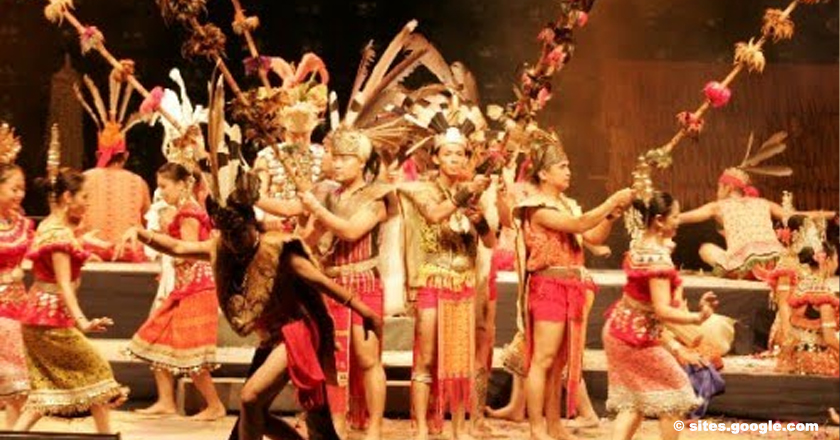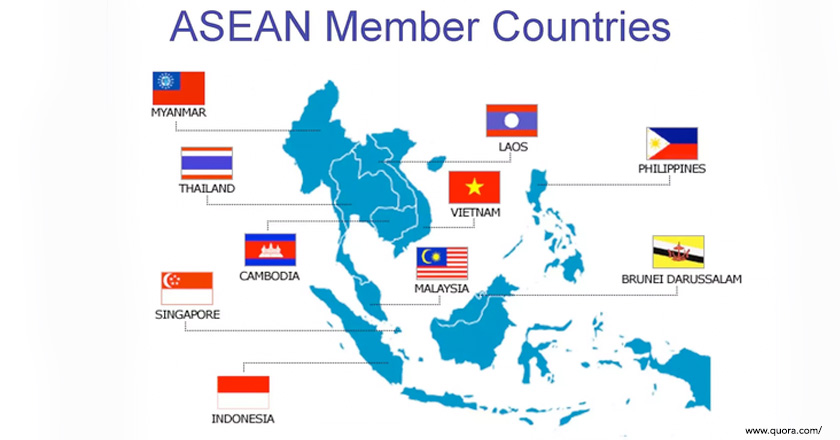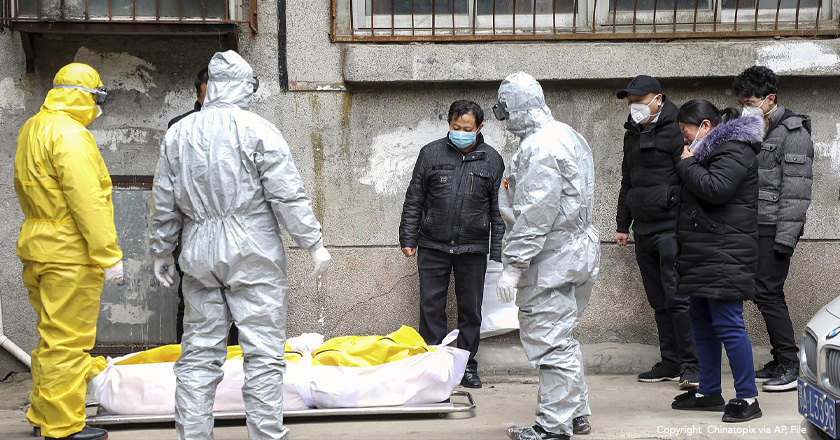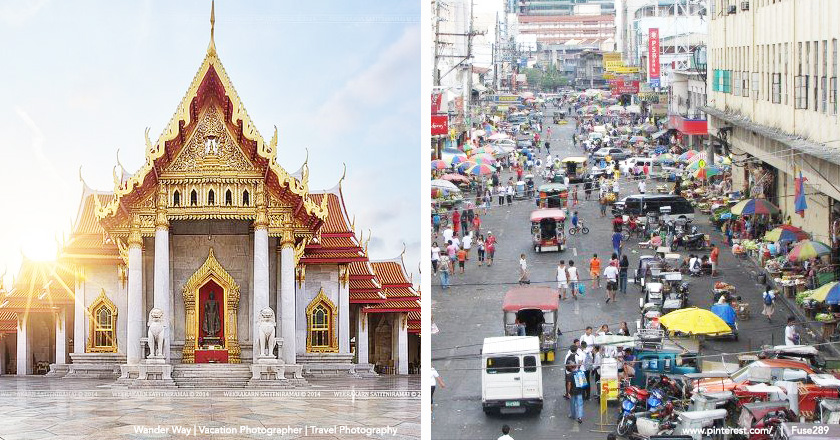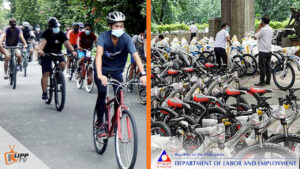View Post
Wherever we go, we always look for something to eat. From fancy restaurants to local cuisines available on the streets. Food is always synonymous with budget. Most people opt to get a meal that will always suit their budget.
But don’t worry! No need to go to those fancy restaurants because we are giving you the Top 10 list of on-the-go street foods you can try .
As part of our #KlippersGoToMalaysia series, we’re taking you to a whole new level of experience as we travel to the home of Petronas Twins here in Southeast Asia: Kuala Lumpur, Malaysia. Here is the list of the best dishes you can try whenever you have a side-trip in Malaysia.
1.Roti Canai
This dish is a traditional Malaysian pan-fried flatbread made with flour, water, eggs, and fat. Although it is believed that it originated from Indian Laborers, this has been in the Malaysian market for a long time.
 Roti canai
Roti canai
The process includes repeatedly folding the dough giving it a layered texture; soft interior, and a crispy outer layer. The most common fat used in this dish is ghee or Indian clarified butter.
This is usually served on the side or torn into pieces and mixed with curry.
2.Roti Pisang
 Roti Pisang
Roti Pisang
The process starts when all the ingredients are wrapped in the dough, and then fried until golden. This is usually served into bite-sized pieces and topped with sugar drizzle and condensed milk.
3.Apam Balik
Although found in Southeast Asian countries like Singapore, Brunei, and Indonesia, Malaysia has gotten this dish to a whole new level with their unique recipe.
 Apam Balik
Apam Balik
Typically prepared either thin and crispy or thick and soft pancake, this dish’s filling is a combination of roughly chopped peanuts, sugar, and butter. Some include add-ons like corn, chocolate chips, raisins, and grated cheese, as well as condensed milk. If you see this outside your hotel, make sure to give it a try.
4.Loh Bak
We’ve gone from sweet, now we’re up for something salty. Loh Bak, also known as ngo hiang is believed to have originated from the Teochew and Hokkien Communities in Malaysia.
 Loh Bak
Loh Bak
This dish consists of a variety of meat but may include shrimps, chicken meat, or taro as the main ingredient, and vegetables as its filling. It is wrapped in bean curd skins before they are deep-fried until crispy.
5.Keropok Lekor
Another salted meal, Keropok Lekor is a snack and specialty of the Terengganu region in Malaysia.
 Keropok Lekor
Keropok Lekor
To prepare this, ground fishes like herring, ikan tamban, ikan kerisi, or ikan selayang are combined with sago flour, and formed into long, sausage-like shapes and then boiled for several hours.
This dish which can also be fried is present in many stalls in the region. Best to eat with a spicy chili dipping sauce while it’s hot.
6.Lor Mee
For noodle lovers out there, this Malaysian dish is for you. Lor Mee consists of thick yellow noodles, with starchy gravy, eggs, cornstarch, and spices.
 Lor Mee
Lor Mee
This is usually found in lor mee stalls where typically vendors add coriander, minced garlic, black vinegar, and chili paste to give this noodle dish a kick.
7.Pan Mee
Another noodle dish you can try when you side-trip to Malaysia.
 Pan Mee
Pan Mee
This noodle dish is believed to be a Chinese-Malaysian culinary tradition that consists of hand-pulled noodles, served with leafy green vegetables, minced pork, and mushrooms. Sometimes, it comes in a dry version, with soy sauce and poached egg altogether.
8.Assam Laksa
 Assam Laksa
Assam Laksa
This Malaysian tangy taste fish-based noodle soup is one of the numerous varieties of laksa, a popular noodle soup in different countries throughout Southeast Asia.This dish contains rice noodles, shredded fish, sliced cucumber, onion, or lettuce. Whenever you feel like eating something sour, like tamarind for a dish, give this one a try.
9.Mee Goreng Mamak
Something to spice up your trip to Malaysia is to try this stir-fry noodle dish called Mee Goreng Mamak. This is a spicy-savory dish paired with noodles, fish cakes, chicken, prawns, garlic, scallions, tomato sauce, curry spice, sweet soy sauce, boiled potatoes, and eggs. This is usually topped with red chilies, crispy fried onions, and lime juice.
 Mee Goreng Mamak
Mee Goreng Mamak
10.Char Kway Teow
Last on our list is a food bowl to serve all your cravings for Malaysian food. Char Kway Teow is one of the popular street foods you can find that is made of flat rice, noodles, shrimps, eggs, cockles, bean sprouts, chives, and Chinese sausage. All of these ingredients are usually coated in soy sauce and fried. Some add shrimp paste, garlic, fried pork lard, or wheat noodles.
 Char Kway Teow
Char Kway Teow
So the next time you visit Malaysia,Take a sampling of these popular street foods and prove to yourself how we Asians could whip-up a meal for you, and be delighted to your heart’s content.
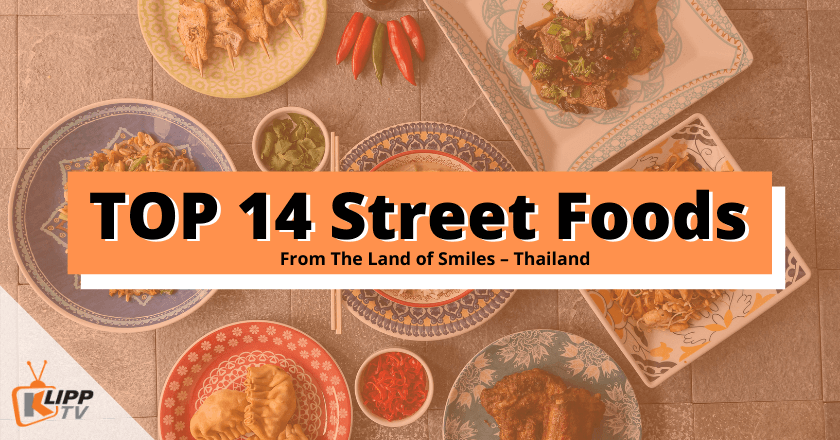


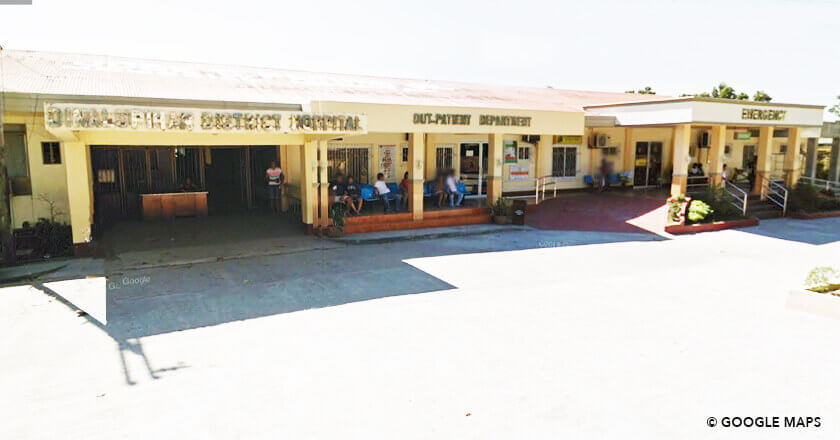
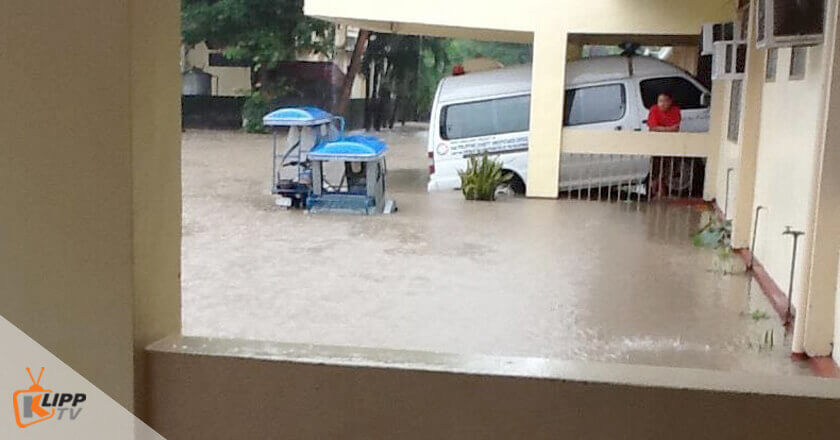
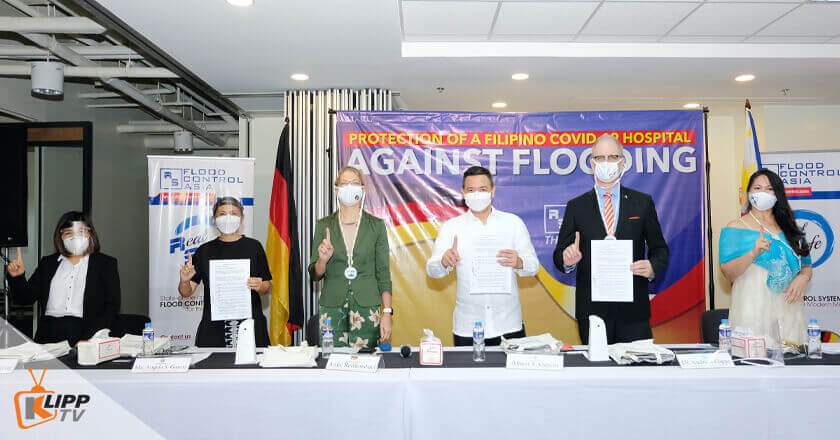

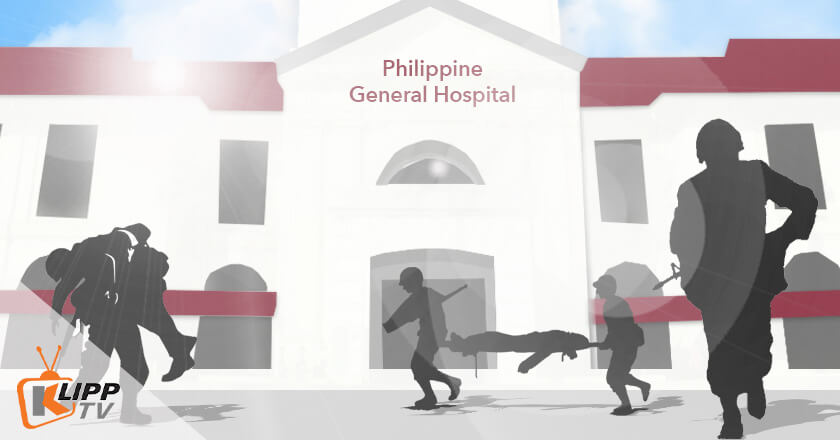



 Roti canai
Roti canai Roti Pisang
Roti Pisang Apam Balik
Apam Balik Loh Bak
Loh Bak Keropok Lekor
Keropok Lekor Lor Mee
Lor Mee Pan Mee
Pan Mee
 Mee Goreng Mamak
Mee Goreng Mamak Char Kway Teow
Char Kway Teow